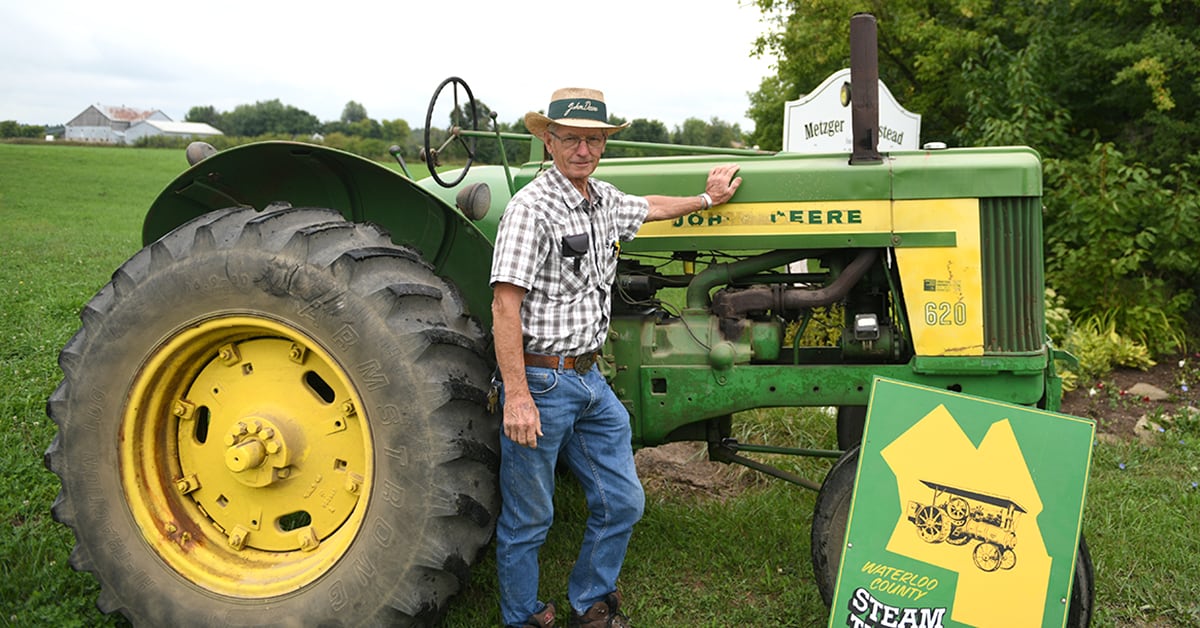;
;
;
Next Article
Get the kids involved in making this easy snack

It was just about this time three years ago Amsey and Eileen Metzger hosted the last-ever Waterloo County Steam Threshers’ Reunion on their Wallenstein farm. The event was both a showcase of the steam threshing technology of ages past, vintage tractors and farm equipment, as well as a gathering plac
Last updated on May 03, 23
Posted on Sep 01, 22
4 min read
